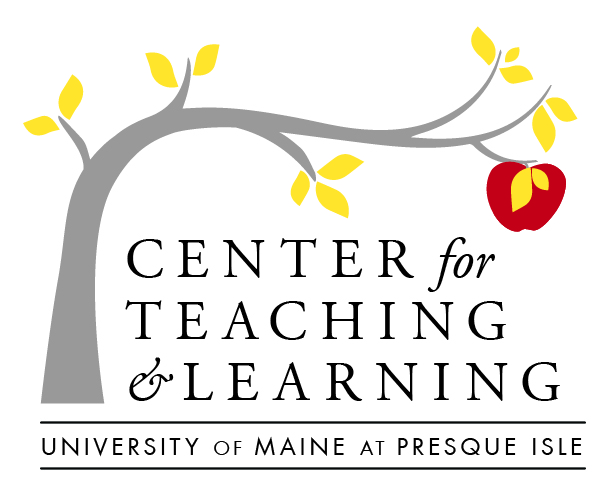Writing Meaningful Learning Outcomes

One of the most important steps in the assessment process is determining meaningful course learning outcomes (CLOs). Without appropriate CLOs, it is difficult, if not impossible, to collect relevant or equitable information about student learning that can be used for instructional and program improvement.
CLOs typically concern three broad types of student learning:
- Content knowledge or understanding (cognitive – what will students know?)
- Abilities, skills, or competencies (behavioral – what will students be able to do?)
- Values, dispositions, or attitudes (affective – how will students model discipline-specific professionalism?)
CLOs should be
- Consistent with the program goals and learning outcomes
- Comprehensive (i.e., collectively cover the main program goals)
- Focused on student learning (not teaching or some other aspect of the program)
- Clearly stated
- Realistic (can potentially be achieved by a significant portion of students)
- Measurable
- Actionable (can be used to produce data to assess program effectiveness)
When writing CLOs, it is easy to fall into the Goldilocks trap; we want to steer away from outcomes that are too broad to be measurable or too narrow to fit coherently into the program goals. Creating great CLOs can be challenging, but it gets easier with practice, and never be afraid to ask for examples from past iterations of the course.

Digging a bit deeper
When we talk about Outcomes being measurable and actionable, what does that actually mean? When we design outcomes, we need to be purposeful in the action verbs that we use, to ensure that what we are requiring is an accurate representation of necessary skills–and also appropriate to the academic level that our learners are at right now.
Using Bloom’s Taxonomy
You can use Bloom’s taxonomy to start thinking about the appropriate complexity-level of your outcomes. If you would like to read more about the application of Bloom’s taxonomy on learning outcomes, Tophat has a great, highly accessible article. If you would prefer to go straight to a list of action verbs for each level, click on the Bloom’s pyramid image below.
Goals, Objectives, and Outcomes, oh my!
At UMPI, faculty work hard to work through the process of creating transparent, measurable outcomes that clearly let the students know what is expected of them.
You may have seen the terms outcomes, goals, and objectives used interchangeably–but at UMPI the terms are used very specifically. Check out this brief intro:
Writing meaningful learning outcomes walk-through
This short video, though walking through their student learning outcomes (using in the same capacity to our course learning outcomes) gives a really great overview of the outcome drafting/revising process–follow along with this useful tool:
Developing Great Outcomes is a 3-Step Process:
Step 1: Determine existing outcomes
Ask your program coordinator: “Does my course have GLOs or PLOs associated with it”, and “Does it have existing CLOs”
Useful terminology
GLOs
General Education Learning Outcomes, or the Gen-Ed, are often abbreviated to the acronym GLOs. GLOs are the form the cross-disciplinary and broad-reaching liberal arts education that all UMPI majors (across programs) can depend on. For more information about the GLO rubrics or to read the full philosophy, please see the most current course catalog.
For help with reporting on student GLO performance, please see your college administrative specialist, or the most recent GLO reporting instructions.
Step 2: Consider the end game
What, specifically do student who have taken this class need to know, and be able to do by the end of the class
PLOs
Program Learning Outcomes or PLOs are the holistic learning outcomes that are woven throughout each individual program (informed by program leadership, industry standards and workforce requirements as applicable) and ensure that the students in each program are adequately prepared to succeed in their discipline. You can ask your program coordinator if your course has any PLOs associated with it, as well as what level of performance (ie: at the level of your course, is the goal to introduce, reinforce, demonstrate mastery or capstone assessment level).
Step 3: Make it Measurable
Assess your outcome language, is it measurable? How will you know students have met the outcome? How will students know they have met the outcome?
CLOs
Course learning outcomes or CLOs are the learning outcomes that are course specific for each individual course. They need to be able to actively identify what students will know and/or be able to do by the time they finish your course. Your course may already have CLOs that the program wants you to use, or you may have to write your own. To determine if your course already has specific CLOs, contact your program coordinator, and if you have do have to write your outcomes, your IDs can help you brainstorm measurable language.
